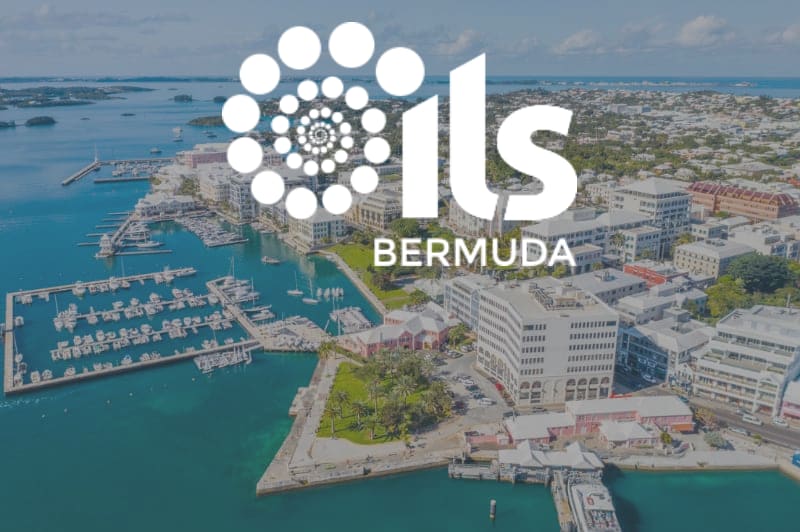During a panel session at the ILS Bermuda Convergence 2025 conference yesterday, speakers discussed where they believe some of the new pockets of capital are coming into the insurance-linked securities (ILS) space from, with pensions highlighted as being a main source of additional capital. Moderator of the panel, Adam Champion, Executive Vice President, Capital Markets at reinsurance broker Price Forbes Re, asked for the panelists to share their views on where they see additional capital coming into ILS going forward.
Moderator of the panel, Adam Champion, Executive Vice President, Capital Markets at reinsurance broker Price Forbes Re, asked for the panelists to share their views on where they see additional capital coming into ILS going forward.
Joe Tolen, Senior Investment Director in the Credit Investment Group at consultancy Cambridge Associates, explained how he views the U.S. pension space as a big opportunity.
“Our demand has been pretty broad across our client base – pensions, endowments, foundations, and family offices. But I think the biggest opportunity is really in the U.S. pension space, particularly with large public plans and big-ticket allocations.
“As mentioned earlier, it could become a challenge if every state pension starts writing $800 million to $200 million tickets, that could create a supply-demand problem. But, I think that’s where there’s a real education gap.”
He continued: “Speaking from my own experience, working with a $40 billion public pension plan in Indiana, we had a sophisticated board, but not a investor-sophisticated board, made up of firefighters, teachers and judges.
“They had a lot of questions about ILS, despite it being a very small portion of the overall defined benefit portfolio. I think that’s the case for a lot of public pension plans where there’s not the expertise. So really getting in there and marketing to them and educating that space, I think there’s a lot of opportunity there.”
Dan Conklin, Vice President in the Alternative Capital Partners Americas unit at global reinsurer Swiss Re, echoed a similar feeling.
“I definitely agree. We’re seeing pensions both in North America, which are very large cheque writers, but we’re also seeing pensions in Peru, Chile and Mexico. We’re also seeing the APAC community really grab hold of this, and the European community as well.
“But I think in terms of dollar size and amount of cheques, the pension community is really taking a hard look at this, and it will be interesting to see, because a flood of hundreds, or if not, billions of capital is an interesting predicament, I think we all are working to figure out.”
Towards the end of the session, the discussion shifted to casualty lines. Given the property catastrophe market is late in its cycle, panelists explored whether alternative capacity is needed in casualty.
In response to this, Darren Redhead, CEO of independent Bermuda-based ILS asset manager Perren Capital Management, explained that while there is currently sufficient capital in casualty, the evolution of MGAs is changing how underwriting entrepreneurs access capacity.
He said: “I think there’s probably enough capital in casualty at the moment, but I think this evolution of the MGAs has become a way for entrepreneur underwriters to start their own vehicles.
“I think there’s become this demand for different capital structures, the way the industry is evolving in that I think you’re going to end up with five to ten mega carriers. Entrepreneurial spirit is going to be constrained by those for people who want their own company.
Concluding: “It’s going be difficult to start their own insurance/reinsurance vehicle. So that’s why you’re seeing, in my view, the evolution of this MGA that will then create these hybrid structures.”
Also read:
– Bermuda uniquely positioned for next-generation ILS solutions: Convergence 2025
– ILS increasingly institutional. But investor education still critically important: Convergence 2025



